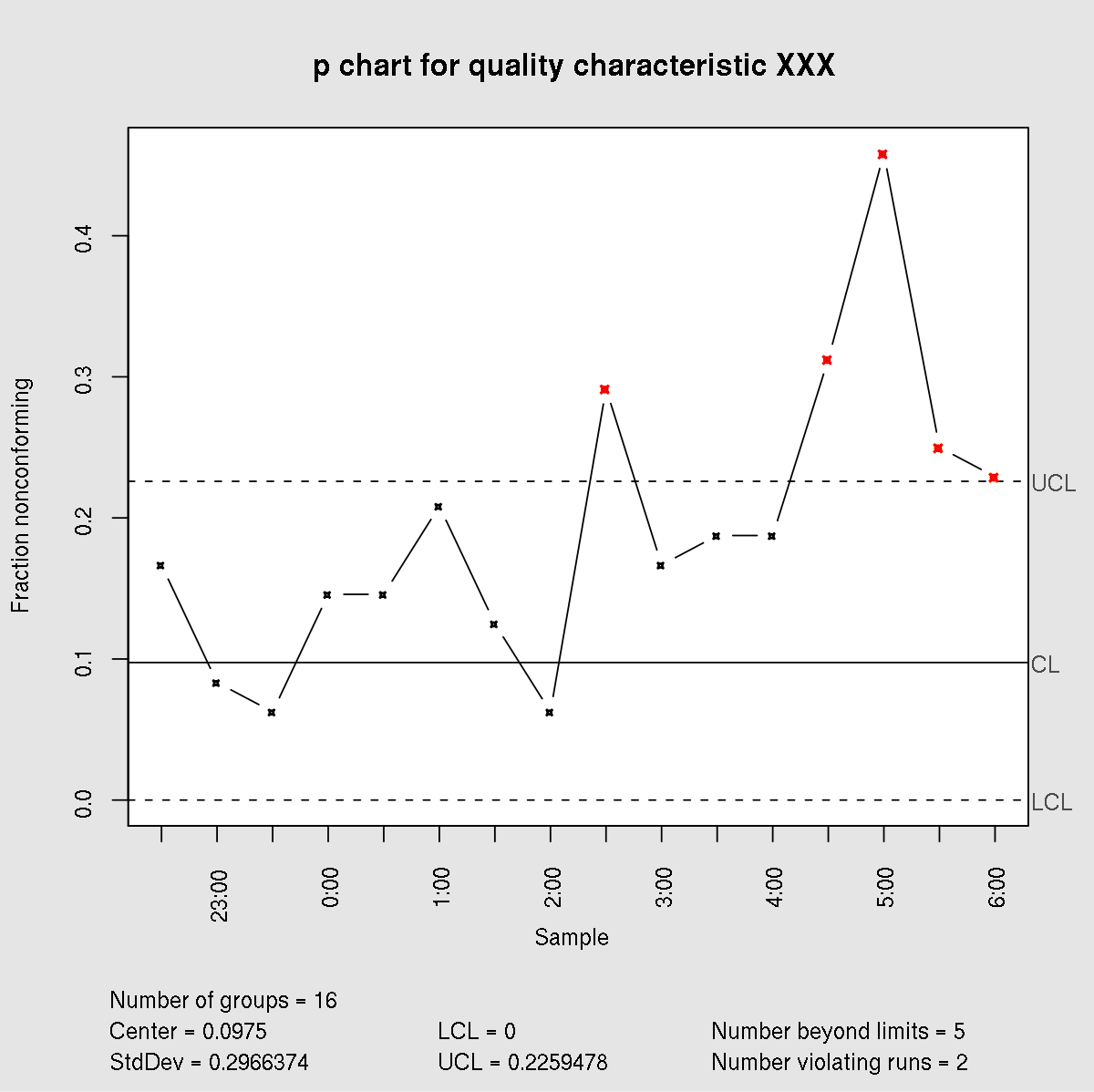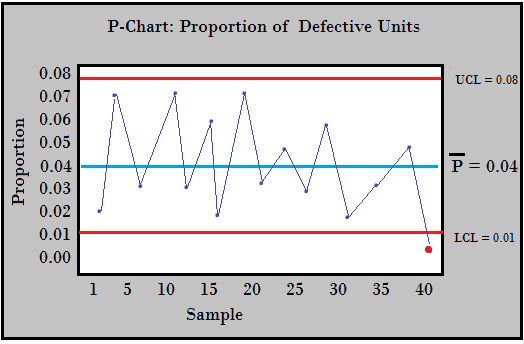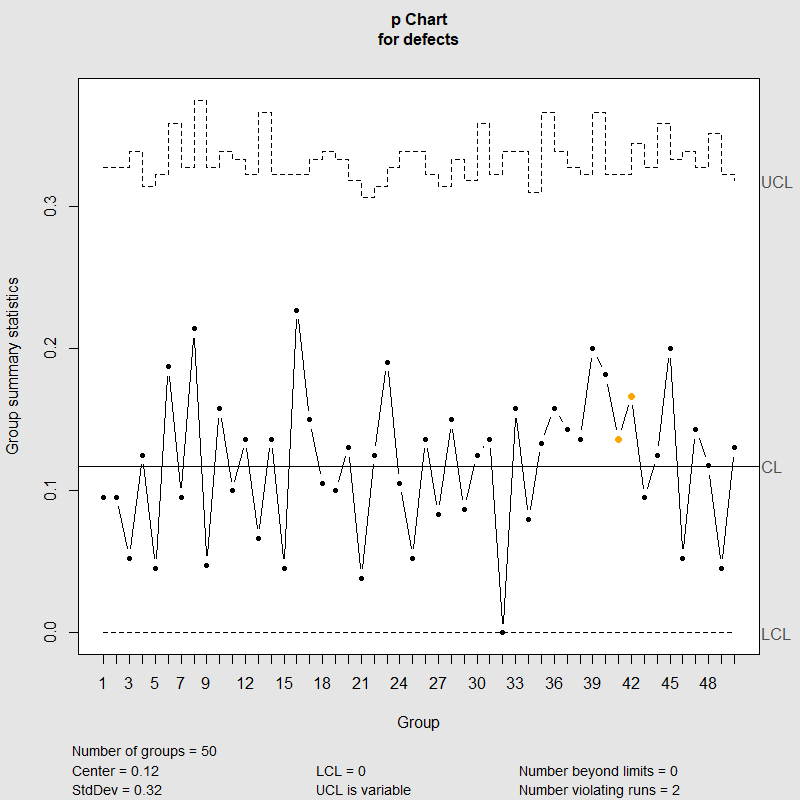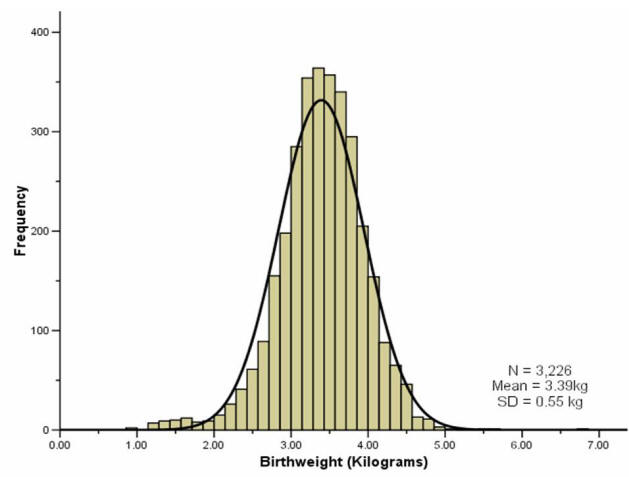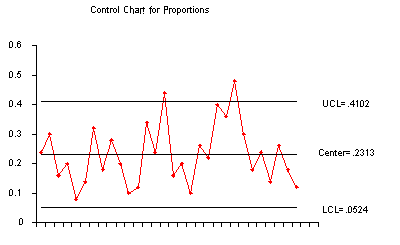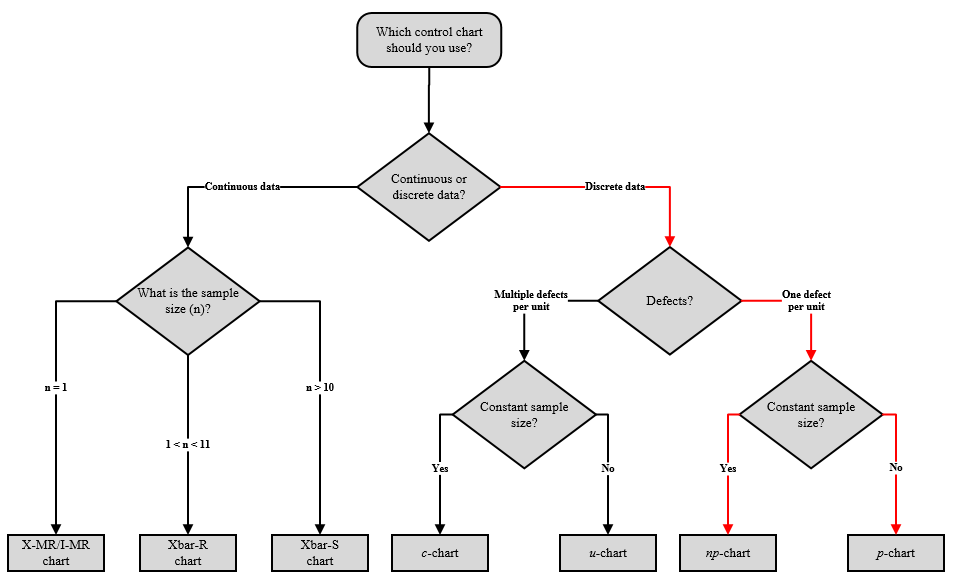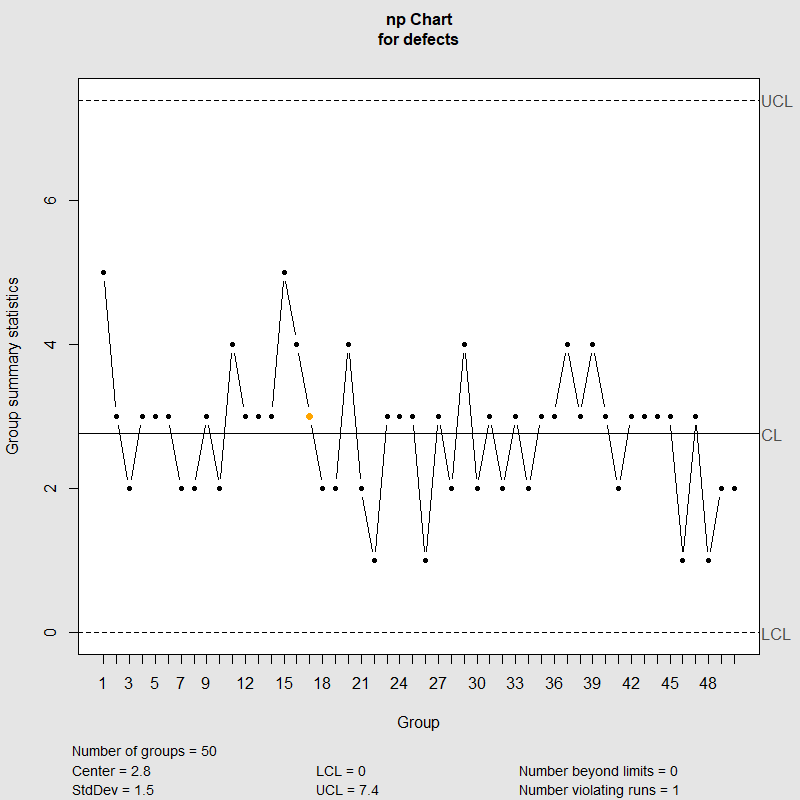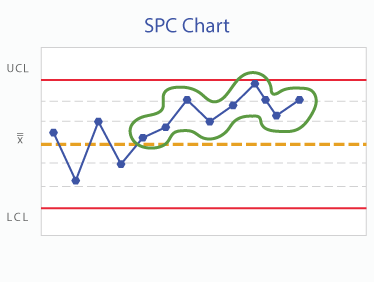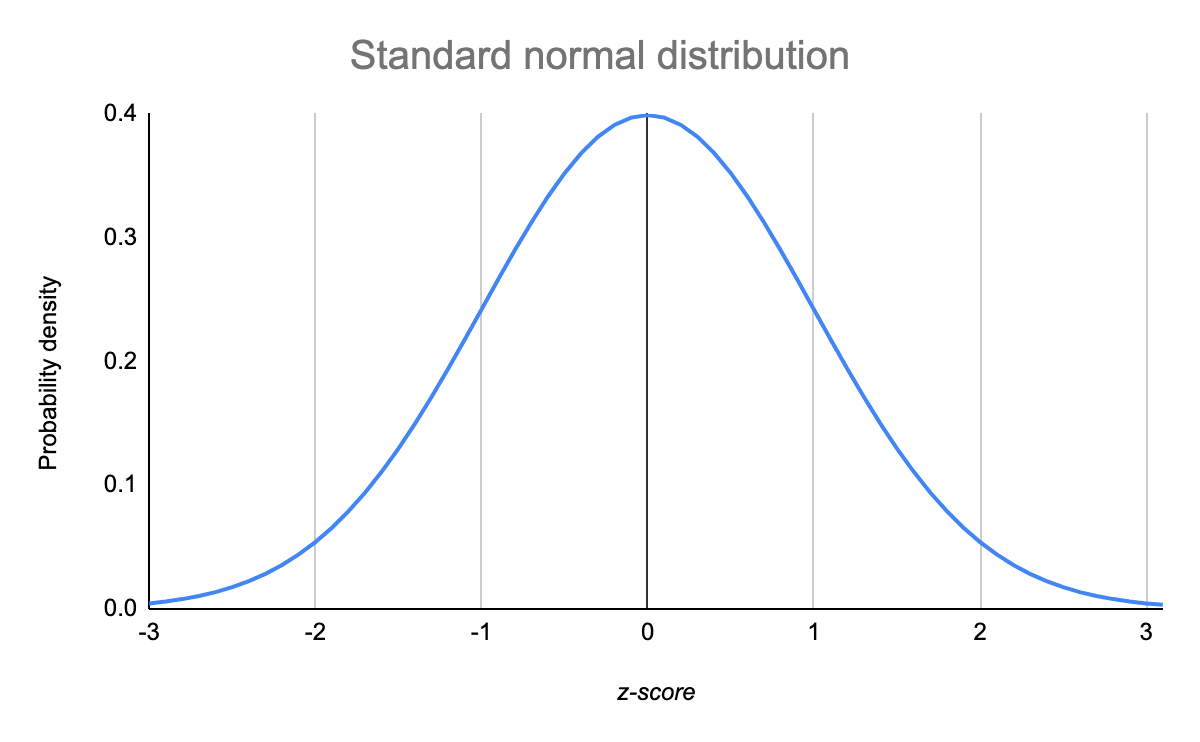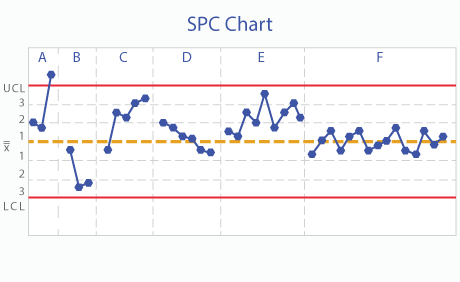The Underlying Statistical Distribution For The P-chart Is The
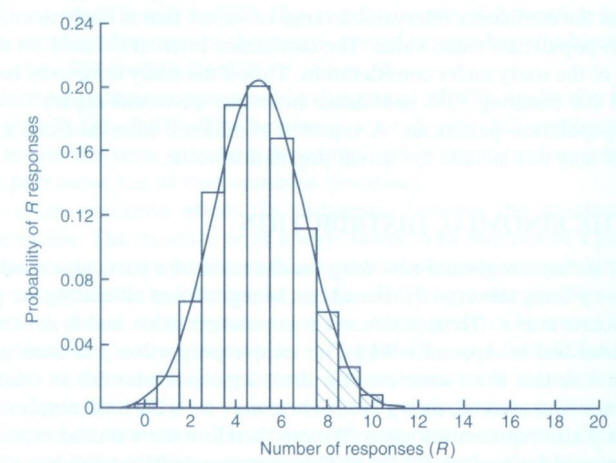
Different statistical tools for analysis have different assumptions regarding the underlying distribution of the data that you are analyzing.
The underlying statistical distribution for the p-chart is the. B binomial C percentage. Linear regression assumes that the underlying distribution of the residuals is normal. Pbar the sample of the proportion that is defective.
The control chart therefore defines what the process is capable of producing given its current design and operation. For a sample subgroup the number of defective parts is counted and plotted as either a percentage of the total subgroup sample size or a fraction of the total subgroup sample size. The underlying statistical distribution for the P-chart is the.
The statistical principles underlying the control chart for fraction nonconforming are based on the binomial distribution. It plots the percentage of events over time. On this chart the control limits vary with each data point and are calculated based on the denominator.
The underlying statistical principles for a control chart for proportion nonconforming are based on the binomial distribution. Statistical Process Control lOMoARcPSD. Probability Density of Returns.
Constructing a P-Chart. Let us suppose that the production process operates in a stable manner such that the probability that a given unit will not conform to specifications is p. In general regardless of the underlying distribution almost all data will fall within 3SD of the mean if the underlying distribution is stablethat is if the process is in statistical control.
